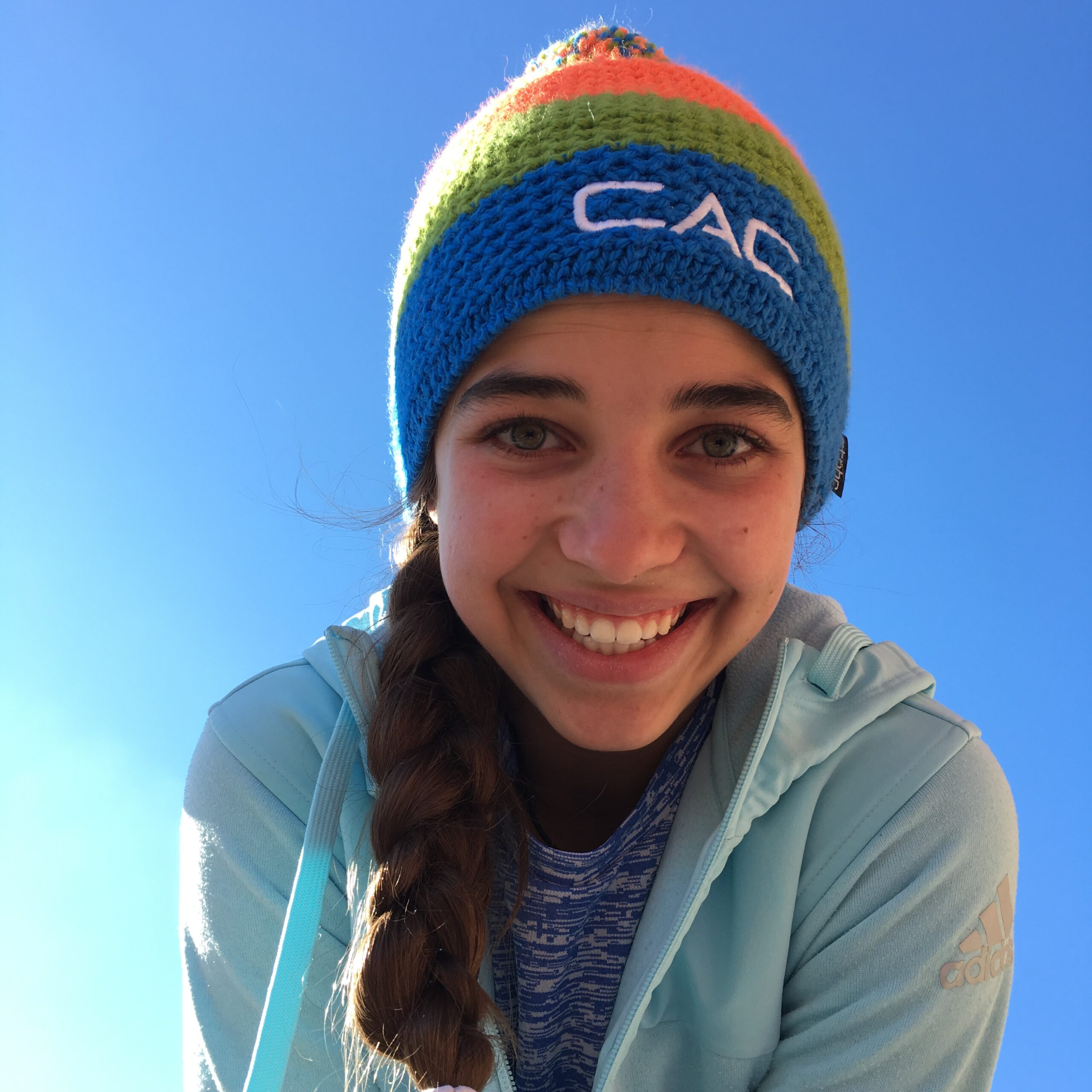|
Getting your Trinity Audio player ready... |
Melanoma is one of the cancer types we raise awareness for in May. It is a kind of skin cancer that starts in the melanocytes. These are cells that make the pigment – melanin – that gives skin its colour.
Over 9 out of 10 cutaneous melanoma cases in the US (for example) are caused by ultraviolet (UV) exposure. This is a major risk factor that you can prevent over the course of your lifetime.
It’s particularly important that climbers are aware of how to prevent it if they’re often out on rock!
Specific climber advice below!
Here are some figures for the UK too (2021-23 annual average).
- Around 18,300 new melanoma skin cancer cases – that’s 50 every day
- Approximately 2,500 deaths from melanoma skin cancer – that’s 7 every day
- Since the early 1990s, melanoma skin cancer incidence rates have increased by around two-and-a-half times (147%) in the UK. Rates in females have around doubled (110%), and rates in males have almost tripled (197%) (2017-2019). Over the last decade, melanoma skin cancer incidence rates have increased by almost a third (31%) in the UK. Rates in females have increased by a quarter (25%), and rates in males have increased by more than a third (36%) (2017-2019).
- There could be around 26,500 new cases of melanoma skin cancer every year in the UK by 2038-2040, projections suggest.
Source : Cancer Research UK
Prevention – general advice
Prevention’s the best cure, right? There are two approaches. The best one is to reduce or limit exposure to UV radiation, to prevent melanoma from occurring in the first place. The other is regular screenings to catch it in its earliest stages.
Stay in the shade
UV light is the strongest between the hours of 10 am – 2 pm, increasing your chance of skin cancer and skin significantly.
So it’s important to either seek shade or avoid staying outside for longer periods at those times. Most smartphones show the UV index every morning, so check it out anything above level 2 means we should take care!
Cover up and don’t be fooled
Broad spectrum sunscreen (SPF 30+) application all over your body and sun protective clothing should be worn year-round regardless of:
- The weather – 80% of the sun’s harmful UV rays can penetrate your skin on cloudy days. Water, snow and sand reflect and magnify the damaging rays of the sun, increasing your chance of sunburn.
- Perceived skin cancer risk – everyone is at risk for melanoma regardless of age, skin colour, gender identity, or family history.
For sunscreen, apply about a shot-glassful 15 minutes before exposure to the sun, then reapply every two hours and immediately after swimming or sweating. Cover up with long sleeved trousers and shirts, wide brimmed hats, and sunglasses whenever possible.
Avoid Tanning and Sunburns Entirely
“A healthy tan?” No such thing. Did you know just ONE indoor tanning session increases your chance of skin cancer by 75%? Plus, skin damage is cumulative, so the risk of melanoma increases substantially with every tan.
Monthly Self Skin Exam
YOU are most likely to first spot melanoma on your skin. Routinely examine your skin and any moles to identify any changes early on. Your phone’s your friend again – take a selfie of your moles, there are even mole mapping apps to keep track of any changes in your skin. If you do notice any changes, get in touch with your doctor or dermatologist immediately.
Careful, climbers!
We’ve been in touch with Melanoma UK, and they’ve kindly provided specific tips for the climbing community – our grateful thanks to them :
SPF 30 or higher is essential
- Choose broad-spectrum to protect against both UVA and UVB rays.
- Opt for water-resistant formulas that won’t drip into your eyes with sweat.
- Reapply every 2 hours, and immediately after heavy sweating or wiping your face.
- Apply sunscreen to often-missed spots: tops of ears, backs of hands, under the chin, and behind the neck.
- If using chalk, sunscreen sticks (non-greasy) can be better than creams.
- Use lip balm with SPF 30+ and reapply regularly.
Cover Up with UV-Protective Clothing
- Wear long-sleeved shirts and long trousers/leggings made from UPF-rated fabrics.
- Lightweight, breathable fabrics help keep you cool and protected.
- Neck gaiters and buffs can protect your neck and face from prolonged exposure.
- Wear polarised sunglasses with UV protection—especially vital at high altitudes or in snowy environments.
- A helmet-compatible hat or cap with a neck flap can offer extra protection during long climbs or belays.
Time Your Climbs Wisely
- UV rays are strongest between 10am and 4pm.
- If possible, plan climbs for early morning or late afternoon.
- Take shade breaks when possible, especially during long belays.
Be Altitude Aware
- UV exposure increases by about 10–12% for every 1,000 meters (3,280 feet) of elevation gain.
- Even on cloudy or cool days, UV rays can be intense at higher altitudes.
Reapply with Purpose
- Keep travel-sized sunscreen in a pocket or clipped to your harness.
- Use sunscreen sticks for quick, mess-free reapplication while on the wall.
Symptoms
Easy as ABC (and DE)
Knowing what to look for and regular self-skin exams may help you become more aware of a mole that changes, a sore that just won’t heal or a newlump. If you find a spot that has one or more of the ABCDEs, make an appointment with a doctor to get it checked out.
A for ASYMMETRY: Visually divide the mole in half. An asymmetric mole will have one half that does not match the other half.
B for BORDER: A mole with an irregular or jagged border is a concern.
C for COLOUR: The mole should be a uniform brown or black colour. A problematic mole’s colour will not be consistent, and may have areas of pink, red, white or even blue.
D for DIAMETER: Measure the size. A mole should not be larger than 6 mm across (about the size of a pencil rubber).
E for EVOLUTION: Check your moles every month and also check for new ones. Keep track of any changes that occur over time, even if they seem minor.
Other symptoms can be:
- A mole that becomes itchy, painful, tender or starts to bleed
- A dark area under or next to a fingernail or toenail
- Redness or swelling around a mole
Treatment
Melanoma treatment options include surgery( most common), chemotherapy, radiation therapy, immunotherapy, and targeted therapy.
Main photo courtesy Yashoda hospital




